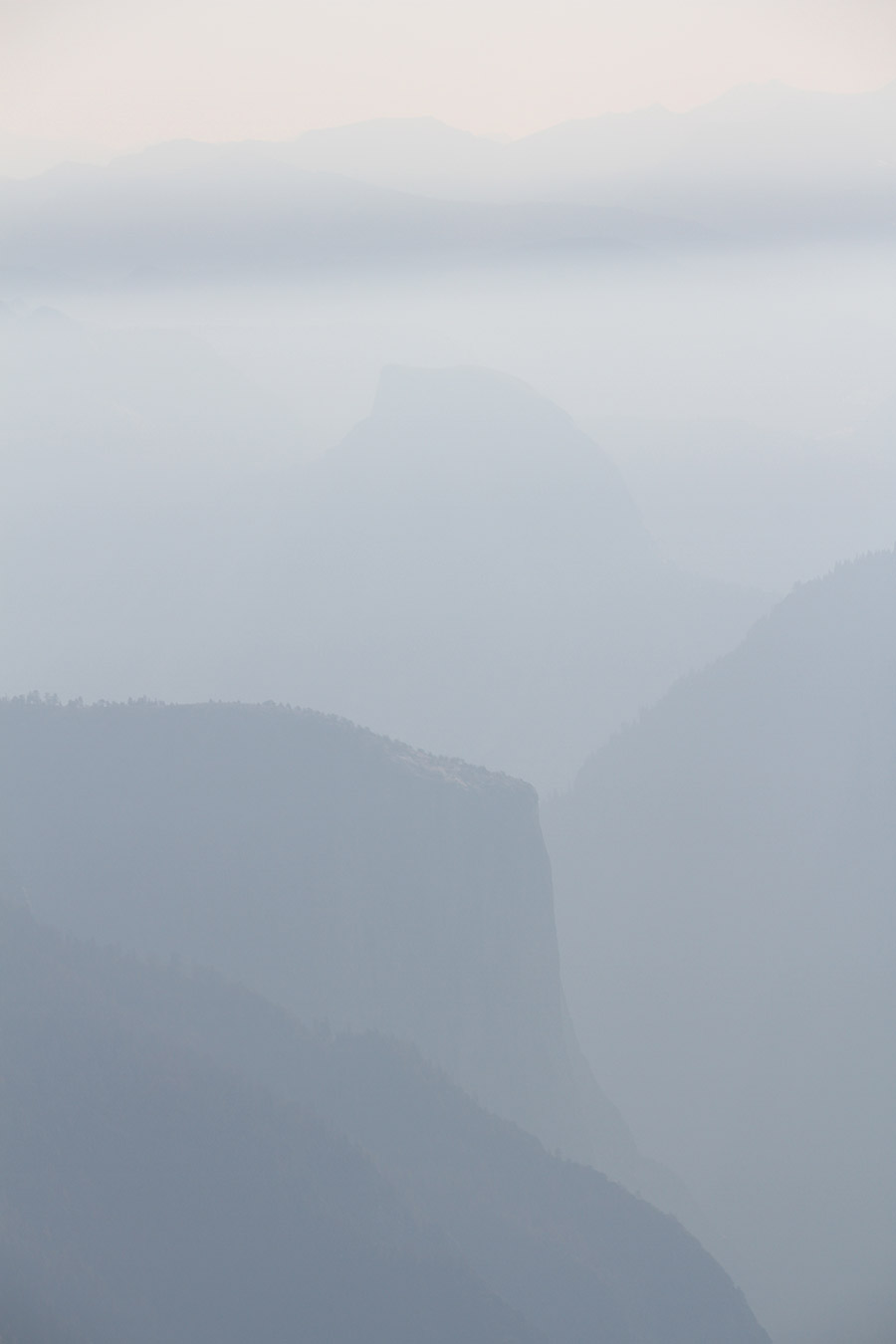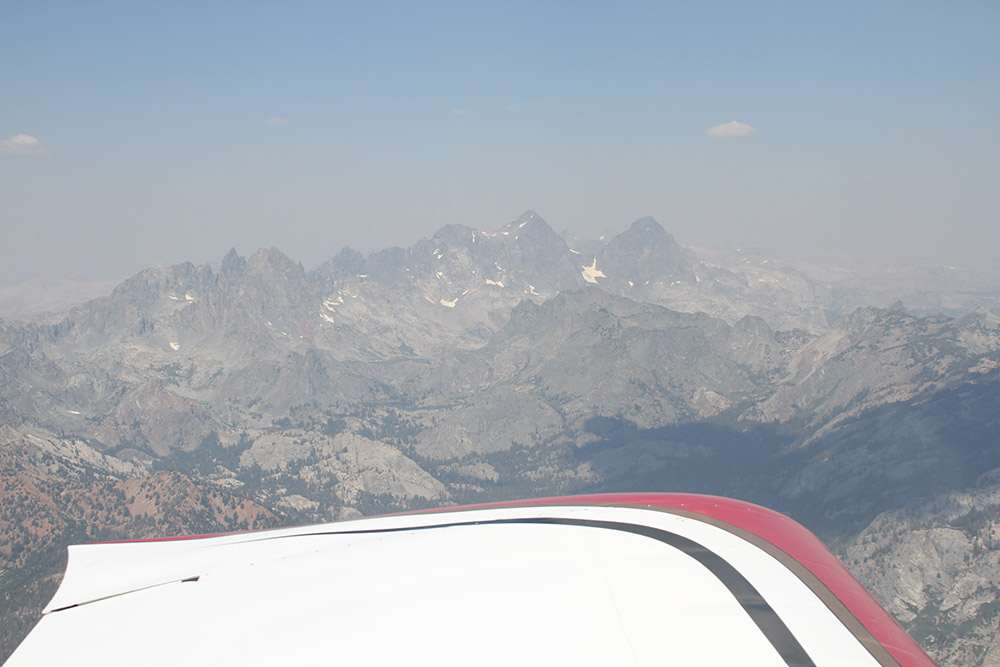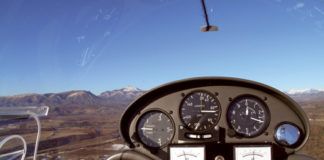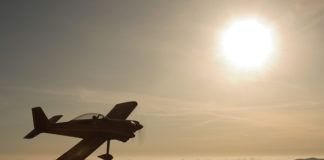It’s that time of year in the western United States–smoke from wildfires reduce the visibility in the mountains for the usual 100+ miles to something more on the order of ten–and sometimes less.

The other day I had to fly from my base near Reno (NV) to the central valley of California, south of Fresno. Crossing the Sierra along highway 50, just south of Lake Tahoe, the visibility was poor–and getting worse the farther south and west I went. I turned to parallel the western slopes of the Sierra as I closed in on Fresno, where a fire TFR showed on the map. Detouring slightly east of course, I peered through the haze to see just a hint of the mighty Yosemite Valley–El Capitan and Half-dome barely visible in the gray skies – a shame for those celebrating the centenary of the National Park Service.
I am used to poor visibility in the more humid, agricultural central valley, but it was actually good by comparison to what was hovering over the mountains. For my return trip, I decided to see what the Eastern slope looked like, and crossed the Sierra by flying up the San Joaquin River from Fresno to its source near the Minarets and Mammoth Mountain. Flying above 10,000’, it was clear that the miserable conditions were worse on the western slope, but the view was still not what one would like to see on a beautiful summer day. Nevertheless, the ruffed high mountains remain breathtaking–even when shrouded by smoke.

The remains of last winter’s average snowfall is almost entirely gone, something quite obvious to all of us lucky to observe the region from the air. No glaciers are being built this season–that’s for sure!
As a pilot who spent 40 years flying mostly in the central part of the United States, where the average elevation is somewhere between seal level and a thousand feet, it is absolutely amazing to me, now living in the mountains, the beauty we can observe from our winged chariots. So long as one pays attention to the rules of the high country, flying early and giving terrain a wide berth, we are fortunate to be given the opportunity to observe nature in all her glory while we soar where not even the Eagles can reach.




